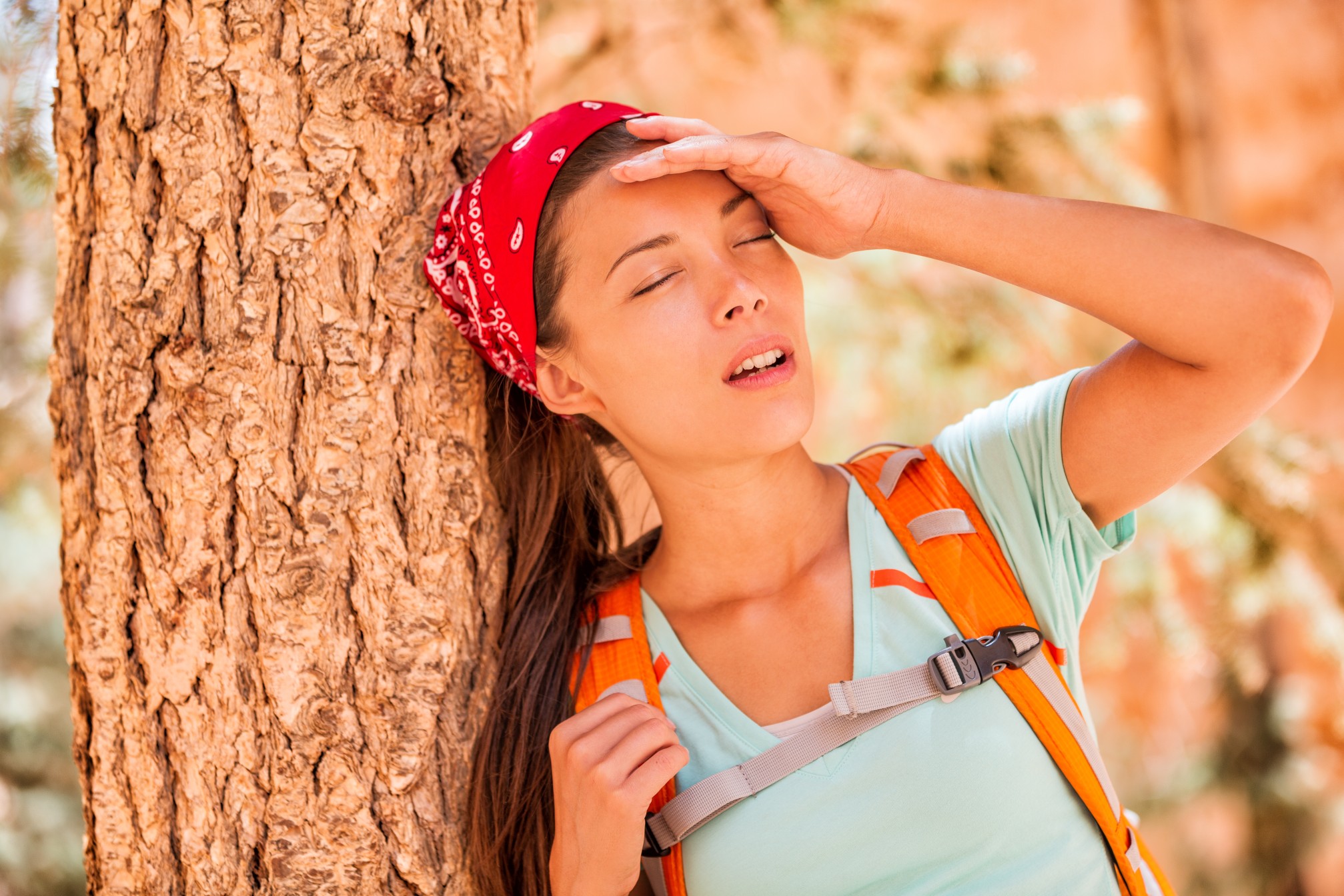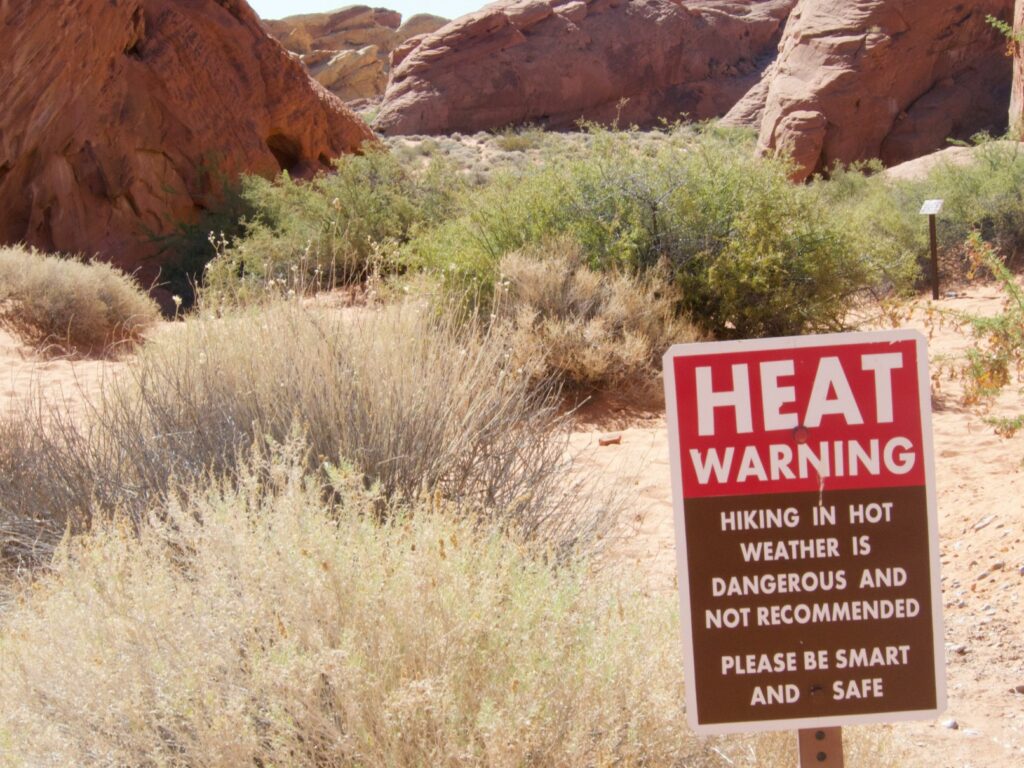
Heavy Rain, Flooding, and Chance of Severe Weather Staring Down the Southern U.S.
January 22, 2024
Posted: July 26, 2023 1:43 pm





The extreme heat that has engulfed a large part of the U.S. in recent weeks is being blamed for an increase in fatalities across the wide network of national parks. While heat is always a problem for some of these parks during the peak summer tourist season, this year’s fatality rate of at least five reported deaths is happening at a worrisome pace.
According to preliminary data from the National Park Service (NPS), there have been more heat-related deaths in the parks since June 1 than what the agency typically sees in an entire year. This is particularly concerning as August is still to come, the month that generally sees the most fatalities due to the heat.
While this year’s reported fatalities are still under investigation, all five deaths happened at a time when the temperatures were over 100 degrees in the respective parks.
Included in the fatality reports are a 14-year-old boy who died in Texas’ Big Bend National Park, a 65-year-old man who also died in Big Bend, a 57-year-old woman who died hiking in Arizona’s Grand Canyon National Park, a 71-year-old man who died in California’s Death Valley National Park, and a 65-year-old man who died along the side of the road in Death Valley.
Most recently, two women were reported dead due to suspected heat-related illnesses in Nevada’s Valley of the Fire State Park. Although this is not a national park, the fatalities speak to the widespread issue impacting these popular summer recreational spots.
It can be challenging to quantify the toll the heat takes on the body. The NPS warns that the number of fatalities could be much higher, especially if you take into account the deaths reported at state parks. What is certain is that heat is the deadliest type of severe weather, outpacing tornadoes and hurricanes combined.
Not surprisingly, all of the five heat-related deaths in national parks happened at three locations in the Southwest. Death Valley, Big Bend, and Grand Canyon are the locations of over half of the heat-related fatalities on record since 2007. The Grand Canyon is the deadliest of the three with 16 deaths reported since 2007. This park also sees the highest number of visitors of the three locations.
Although the Southwest is always the hottest spot of the country during the summer, this year’s heat wave has been bringing even hotter temperatures. A number of temperature records have been shattered in this corner of the U.S. this summer with experts blaming climate change on the oppressive weather.
According to data from the government’s climate change report, the average annual temperatures in the Southwest climbed by 1.6 degrees between the years 1901 and 2016. This increase in temperatures is pairing with a drought crisis in this part of the country to create dangerous conditions at times.
The network of national parks has seen the worst of the impacts of climate change. Hordes of visitors driving cars and eating up resources have complicated the problem in recent years.

Complicating the issue of heat-related illnesses and fatalities is the simple fact that the parks see the highest number of visitors during the busy summer travel season. The NPS also points out that they do not track heat-related illnesses that do not lead to death. This means that many more visitors are getting sick from the heat even if this issue is not garnering a lot of media attention.
The extreme temperatures can create illness in as little as 30 minutes of exposure for people performing strenuous activities. Hiking is cited as the most likely activity to trigger illness blamed on the heat.
The NPS said that hiking has been blamed for over 60% of the fatalities in its network. Hikers with less experience are more likely to find themselves in potentially dangerous situations, however, the heat can take down even the most experienced outdoor enthusiast.
It has been such a scorcher at some of the country’s national parks that rangers are warning that they will not perform rescues. The parks are intentional about telling visitors to stay off of the hiking and biking trails after 10 am and to avoid the lower elevations during the times of heat.
Officials in Death Valley repeatedly warn visitors that they will not put their staff at risk of the heat to perform search and rescues for stranded park goers. There are times when the medical helicopter cannot take flight because the temperatures are so hot.
There is no widespread national policy guiding when park officials should close the trails due to extreme heat. This differs from closure policies due to other types of severe weather. However, individual parks have the authority to limit or close access if the mercury rises to dangerous levels.
Rangers at Grand Canyon National Park have been proactive about preventing these issues. The park launched its Preventative Search and Rescue team in 1996, providing preventative measures to hikers heading out on the trails. This includes handing out water and snacks and staying in contact with hikers after they set out on their journey.
It is always a good idea to check the weather and any relevant park alerts before planning your day. You can also mitigate the impacts of the heat by getting acclimated before any strenuous outdoor activities. Rangers also warn that you will likely need more water than you have anticipated.
The NPS estimates that over 300 million people will visit the national parks this year. Being aware of the heat and the potential dangers that it presents can help to promote a safe trip for everyone.
Did you find this content useful? Feel free to bookmark or to post to your timeline for reference later.

January 21, 2024

January 19, 2024

January 18, 2024